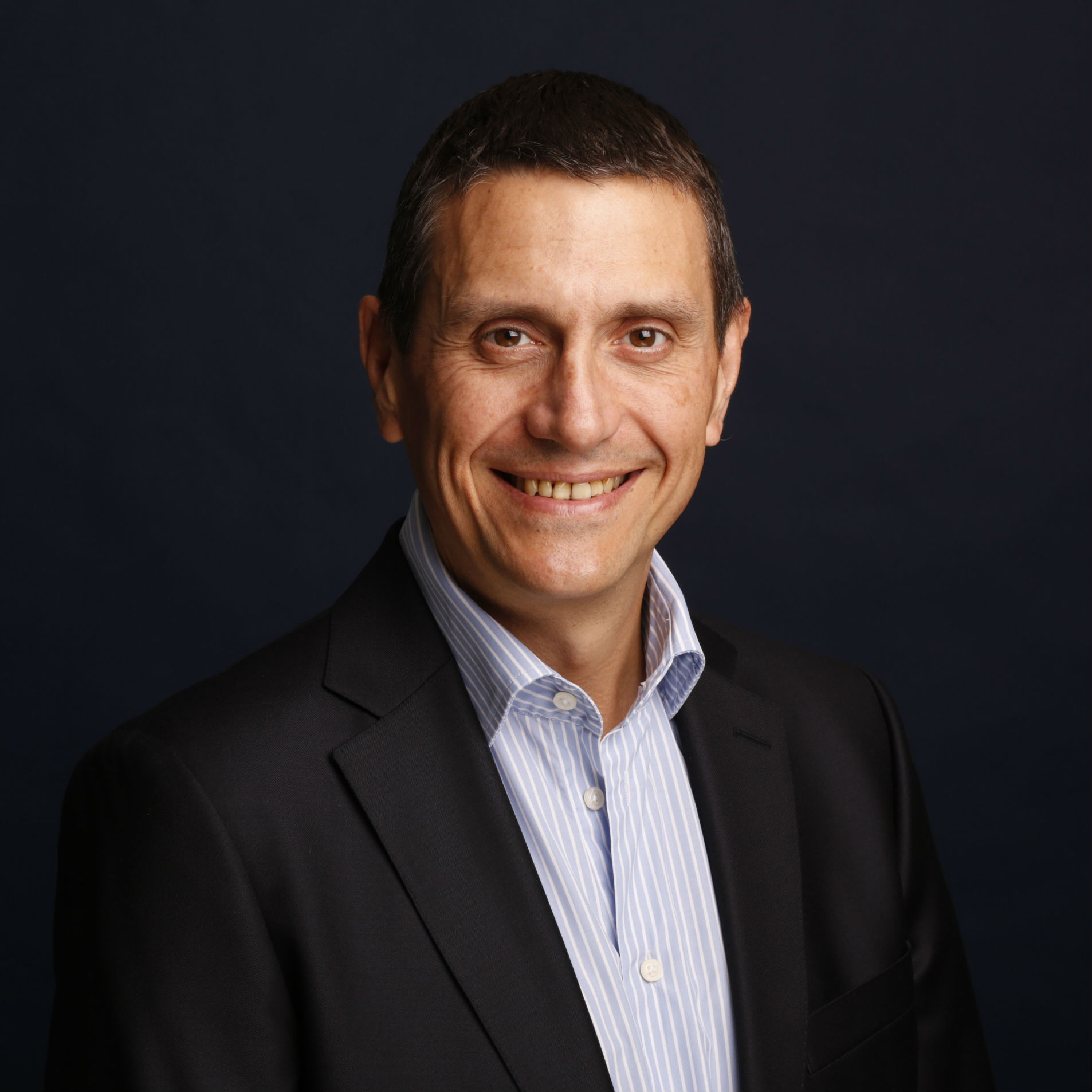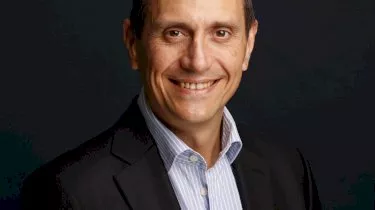Invest
A new way of investing for income
From a financial perspective, longevity risk is one of the biggest risks facing Australians, creating a need for investments that provide income without sacrificing capital growth, according to James Carlisle, head of research at InvestSMART.
A new way of investing for income
From a financial perspective, longevity risk is one of the biggest risks facing Australians, creating a need for investments that provide income without sacrificing capital growth, according to James Carlisle, head of research at InvestSMART.

Australians are living longer than ever before – around 12 years longer than the global average – making longevity risk one of the biggest risks facing retirees.
In the last century, life expectancy in Australia has improved dramatically. According to the Australian Bureau of Statistics, men aged 65 in 2013-2015 could expect to live an additional 19.5 years to age 84.5. The life expectancy of women aged 65 was 22.3 years, an expected age at death of 87.3 years. In fact, most Australians can now expect to have double the retirement lifespan of their grandparents.
Now when the risk of inflation is added, the risks are compounded further. Previous generations only had to contend with inflation for 10 to 12 years, while today it could be as high as 25 to 30.
For many advisers, this presents the conundrum of how to help clients maximise their income while at the same ensuring it lasts as long as they do.

The growth versus income debate
While investing in growth assets often produces a better return over the longer term than investing for income, growth assets can also be volatile and depending on when the investor divests, can result in a capital loss.
Income-producing assets, on the other hand, are generally more mature, stable companies that can afford to give money back to investors in the form of dividends. These investments are often highly sought out as alternatives to cash when interest rates are low but may see their prices decline when interest rates rise.
Therefore, for many advisers, helping clients to get the best out of their hard-earned capital means seeking out investments that have the potential to deliver a combination of both income and capital growth.
A new solution
In response to growing demand, InvestSMART this week launched a new active ETF, the Australian Equity Income Fund (INIF), which is designed to provide investors with regular income without sacrificing capital growth.
INIF, which is based on our model portfolio, the Intelligent Investor Equity Income Portfolio, aims to achieve a dividend yield close to that produced by the market but to also increase that income at least in line with economic growth, so it can continue to fund investors’ lifestyles indefinitely.
The current estimated annual income is a net 4.1 per cent (excluding franking), compared with the 4.2 per cent (excluding franking) generated by the S&P/ASX 200. This yield, however, is achieved without the index’s large exposure to the banks, which we think adds considerably to risk within the index. At present, INIF has less than 10 per cent invested in the banks, compared with more than 20 per cent for the S&P/ASX 200.
The banks are currently facing a number of risks, from the ongoing revelations of misconduct at the royal commission, to technology risk, a highly-valued property market, and the threat of interest rate rises, which could increase default rates. As our portfolio view has more to do with risk minimisation than value, we expect to stick with it even if the banks start to look very cheap.
The recent market downturn has provided some more stable opportunities. We recently added Wesfarmers and Scentre Group (the owner of local Westfield shopping centres) at attractive prices and we will continue to seek out opportunities that provide the potential for steady income and growth.
What is clear is that, as Australia’s population ages and life spans increase, investing solely for income is no longer enough. The challenge for advisers is to ensure their clients’ capital continues to meet their living expenses, without being eroded by time or inflation.
James Carlisle is head of research at InvestSMART and has been researching stocks for more than two decades. He is the manager of the InvestSMART Australian Equity Income Fund (INIF).

Investment insights
Investors maintain cautious stance amid data uncertainty
Amidst the backdrop of a US government shutdown and lingering economic uncertainties, investors have adopted a neutral stance, as revealed by the latest State Street Institutional Investor IndicatorsRead more

Investment insights
State Street's 2026 global market outlook anticipates cautious growth with strategic investment shifts
State Street Investment Management, the world's fourth-largest asset manager, has released its much-anticipated 2026 Global Market Outlook (GMO) report titled "Forward with Focus." The report provides ...Read more

Investment insights
J.P. Morgan strategists highlight Australia as a key investment destination amidst global uncertainties
Amidst a backdrop of fluctuating energy prices, J.P. Morgan Private Bank strategists have identified Australia as a beacon of opportunity for global investors, particularly within its fixed income and ...Read more

Investment insights
HarbourVest Partners unveils new private equity benchmarks highlighting long-term outperformance
In a significant update for the private equity world, HarbourVest Partners, a leading global private markets investment firm, has released its quarterly private equity benchmarks, providing ...Read more

Investment insights
Mason Stevens strengthens UHNW offering through partnership with GloryHouse
In a strategic move set to bolster its position in the ultra-high-net-worth (UHNW) sector, Mason Stevens, a prominent name in Australia's wealth management landscape, has announced a partnership with ...Read more

Investment insights
Beyond the trophy: What the Women in Finance Awards 2025 signal for strategy, talent and ROI
Australia’s Women in Finance Awards have crowned their 2025 cohort, but the real story isn’t the stage—it’s the strategy. Recognition programs now function as market barometers, signalling which ...Read more

Investment insights
Orbis Investments challenges investors to rethink assumptions in 2026
In a bold move to reshape investor perspectives, Orbis Investments has released a new report titled "Six Courageous Questions for 2026," encouraging investors to critically evaluate their assumptions ...Read more

Investment insights
Rate relief on the horizon? How a November cut could reshape Australian balance sheets
With unemployment edging up to a multi-year high, markets are weighing whether the Reserve Bank will pivot to a rate cut as early as November. For CFOs and CEOs, the real question isn’t if a cut ...Read more

Investment insights
Investors maintain cautious stance amid data uncertainty
Amidst the backdrop of a US government shutdown and lingering economic uncertainties, investors have adopted a neutral stance, as revealed by the latest State Street Institutional Investor IndicatorsRead more

Investment insights
State Street's 2026 global market outlook anticipates cautious growth with strategic investment shifts
State Street Investment Management, the world's fourth-largest asset manager, has released its much-anticipated 2026 Global Market Outlook (GMO) report titled "Forward with Focus." The report provides ...Read more

Investment insights
J.P. Morgan strategists highlight Australia as a key investment destination amidst global uncertainties
Amidst a backdrop of fluctuating energy prices, J.P. Morgan Private Bank strategists have identified Australia as a beacon of opportunity for global investors, particularly within its fixed income and ...Read more

Investment insights
HarbourVest Partners unveils new private equity benchmarks highlighting long-term outperformance
In a significant update for the private equity world, HarbourVest Partners, a leading global private markets investment firm, has released its quarterly private equity benchmarks, providing ...Read more

Investment insights
Mason Stevens strengthens UHNW offering through partnership with GloryHouse
In a strategic move set to bolster its position in the ultra-high-net-worth (UHNW) sector, Mason Stevens, a prominent name in Australia's wealth management landscape, has announced a partnership with ...Read more

Investment insights
Beyond the trophy: What the Women in Finance Awards 2025 signal for strategy, talent and ROI
Australia’s Women in Finance Awards have crowned their 2025 cohort, but the real story isn’t the stage—it’s the strategy. Recognition programs now function as market barometers, signalling which ...Read more

Investment insights
Orbis Investments challenges investors to rethink assumptions in 2026
In a bold move to reshape investor perspectives, Orbis Investments has released a new report titled "Six Courageous Questions for 2026," encouraging investors to critically evaluate their assumptions ...Read more

Investment insights
Rate relief on the horizon? How a November cut could reshape Australian balance sheets
With unemployment edging up to a multi-year high, markets are weighing whether the Reserve Bank will pivot to a rate cut as early as November. For CFOs and CEOs, the real question isn’t if a cut ...Read more








